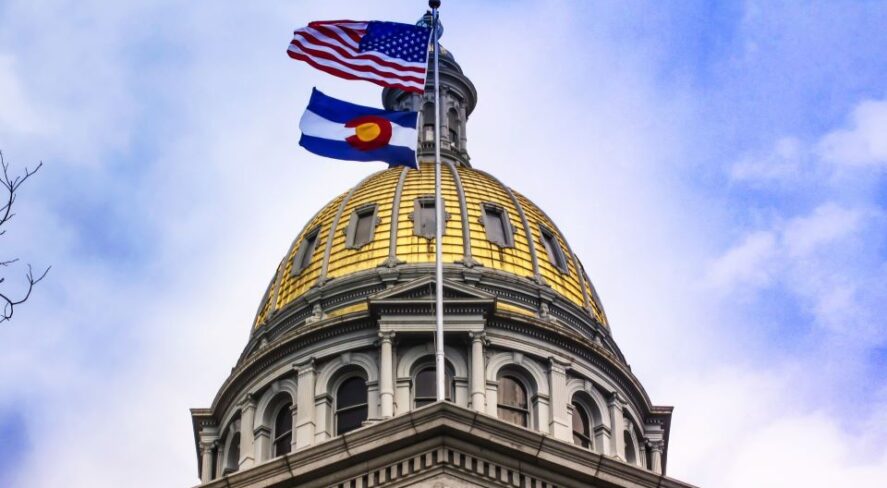New Colorado Bill Approves Use of Facial Recognition Technology for School Security Despite Other Restrictions

On April 4, 2025, SB25-143 cleared the Colorado General Assembly; the bill will now be sent to Gov. Jared Polis for his signature or veto.
For certain applications, the measure conditionally lifts an existing moratorium on new contracting for facial recognition technology by Colorado public schools in place since 2022, while extending the prohibition applicable to additional uses that would otherwise expire July 1.
As originally drafted, the measure would have imposed a complete prohibition on the use of the technology in K-12 schools – which drew immediate opposition from the Colorado school community and our membership. Throughout 2023 and 2024, school district representatives had provided extensive information to the Colorado General Assembly’s Task Force for the Consideration of Facial Recognition Services regarding the importance of allowing use of the technology in certain educational programs, and in specific applications that enhance school safety and security.
Concerns about negative impact of prohibiting these applications were broadly shared by the Colorado Association of Superintendents and School Administrators, the Colorado Association of School Executives, Colorado Association of School Boards, the Security Industry Association (SIA) and technology experts from the St. Vrain and Cheyenne Mountain School districts, all of whom pressed for changes throughout the legislative process. In March 2025, SIA met with the bill sponsors and other key lawmakers at the Capitol in Denver to discuss the measure.
As a result of these efforts, SB25-143 as passed by the legislature authorizes school districts to use facial recognition technology for educational purposes approved by local school boards, as well as for narrowly defined school safety and security purposes. Those purposes include 1) alerting staff to the presence of individuals who have made threats of violence against a school, 2) helping to immediately locate missing children on school grounds or help determine their whereabouts and 3) providing alerts to staff in common situations where specific individuals are prohibited from entering school grounds under a court order or district determination.
As the underlying law specifically excludes applicability to use “in connection with a physical access control system in order to grant or deny access to a secure area,” such applications would remain permissible as well. This includes growing utilization in K-12 and higher education environments as a voluntary identification credential for student and staff access to athletic facilities and other areas.
Citing the existing protections and stipulations regarding the use of student data under both Colorado’s Student Data Transparency and Security Act and under the Family Education Rights and Privacy Act in federal law, Committee testimony demonstrated how the technology can be used in ways that do not alter the privacy expectations of students, staff or visitors, and that are consistent with data protection and security requirements.
Colorado school districts have successfully used the technology for years as an added line of defense, and enhanced tool for student safety often provided within modern security systems. In fact, school safety experts have highlighted the benefits of using facial recognition technology in a well-defined and transparent manner, detailed in the nationally recognized Partner Alliance for Safer Schools (PASS) Safety and Security Guidelines for K-12 Schools.
Numerous examples providing specific evidence of effectiveness were presented during Committee testimony on the bill. A technology expert from one Colorado district relayed a scenario where the technology was used in response to previous incidents to help ensure school personnel knew if a specific special needs child tried to abruptly exit and wander away the building – in time to intervene and prevent endangerment from a nearby busy highway.
And, to address complex language in the bill that emerged as a key point of confusion, it was amended to clarify that districts utilizing the technology with security cameras “may maintain the system in an operation state at all times,” recognizing the technical need for features to be continuously enabled to allow utilization for the safety and security purposes the bill authorizes. However, SB25-243 does require the deletion of any biometric data created within 18 months.
With enactment of the measure Colorado would remain the only U.S. state with statutory restrictions specific to the use of facial recognition technology by schools.
SIA will continue to track developments and provide analysis related to this legislation, and to support policies consistent with its Principles for the Responsible and Effective Use of Facial Recognition Technology. For further information, contact SIA Senior Director of Government Relations Jake Parker at jparker@securityindustry.org.
